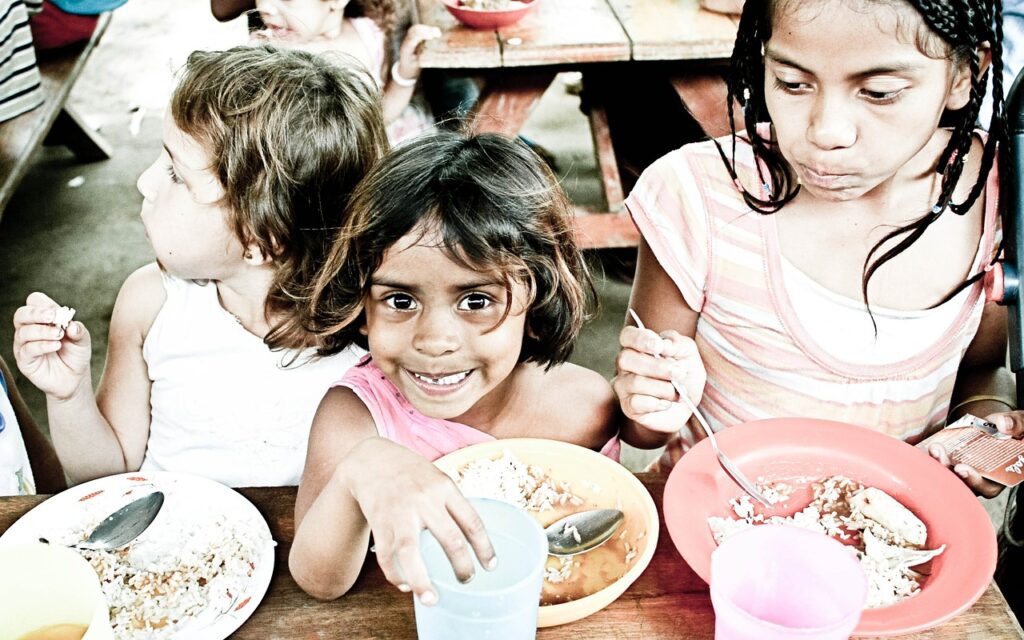What is Flexible Leadership Being flexible is the capability of readily changing (Merriam-Webster, n.d.)1. In…
How Leaders Can Zero Child Hunger
*Image Source: Pixabay
Chronic hunger is the cause of death of more than 3 million children under five years annually. Diseases such as HIV/AIDS, tuberculosis, and malaria cause these deaths. Children who survive these diseases have decreased resistance to disease, impaired mental development, and stunted physical growth.
Countries worldwide have recognized the technical solution to chronic child hunger. These include provision of sufficient amounts of nutritious food to at-risk populations, education, and supplementation by appropriate health care. Even with these solutions, the problem still exists.
Factors Affecting Chronic Hunger
It seems easy to zero chronic child hunger. However, its complexity results to the challenge in doing this task. Here are the factors that affect chronic hunger.
Zero Knowledge. People do not have the vital knowledge regarding practices that can stop chronic child hunger. These include proper hygiene, breastfeeding, balanced nutritional intake, and deworming. It takes a significant amount of time to obtain the required education. People do not have ample time to include it in their daily routines.
Social Norms. Families, communities, and governments are strongly influenced by social norms. Quinoa is an abundant crop that is a readily available solution to end chronic hunger in a certain village in Peru. Instead of consuming it, local people do not eat it as they believe it is a cursed grain.
Mismanagement of Mother’s Time. Mothers know that their children must have proper nutrition. Most often than not, mothers will forego this responsibility if the time to travel to and from the nearest health center will make her lose a day’s salary. She will not travel even if the health center offers free treatment.
Overlapping of Priorities of Organizations. The world has other concerns that are of equal importance. Many government agencies and non-governmental organizations have their own priorities regarding eradication of global hunger. The need to coordinate is a great concern in order to fight chronic child hunger.
With these factors, the following are crucial ingredients in the global effort to zero chronic child hunger.
Focal leader. There must be a focal person committed who will champion the task of zeroing child hunger. He must be the one to integrate the activities of key stakeholders of a country for a minimum of five years. He must have the support and commitment of the country’s political leaders.
The focal person must a committed full-time team of 10 to 15 persons that will operate under the government’s wings. This team must have enough funds that will last for five years. The goal of the team is not to implement specific interventions but to boost the country’s effort to fight hunger.
The team must be advocates of strategies that will eradicate hunger. They will monitor pilot projects that aim to produce quick yet viable results. They also will alert decision makers to possible hindrances.
Cooperation. Stakeholders must cooperate in doing their activities. Doing these steps will make it easier to reach targets aimed at the village level.
Engagement. In the last phase of implementation, this team must be engaged with beneficiaries. They must provide rewards and incentives to family members into taking care of chronic child hunger and implementing the steps to eradicate this complex problem.
Conclusion
Chronic child hunger has always been a global concern. With the concerted efforts of leaders, the challenge to zero child hunger is a near future.




